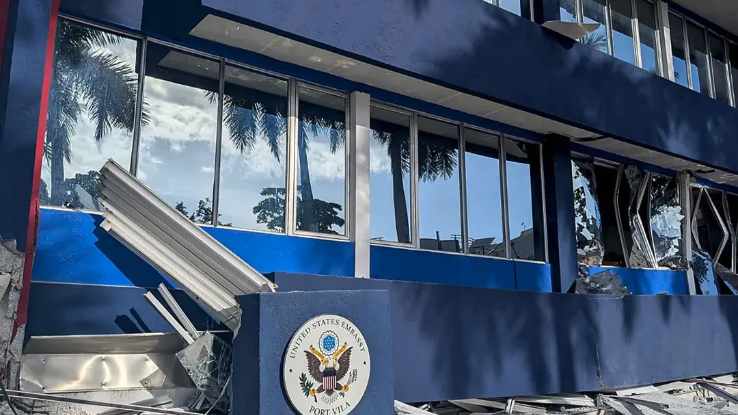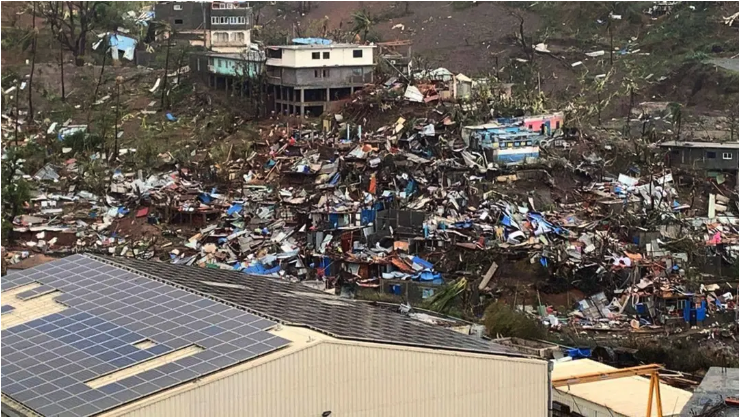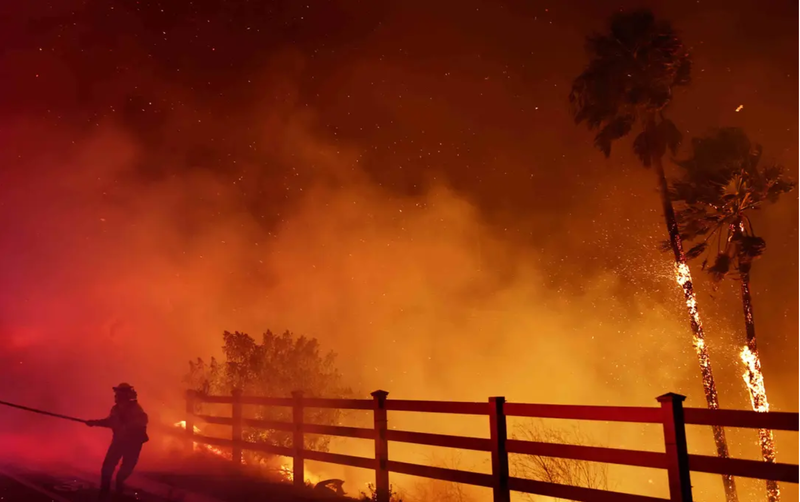Destructive Cyclone Remal Impacts India, Bangladesh
At least 36 people have died in India and Bangladesh after Tropical Cyclone Remal lashed South Asia, which weakened into a depression on Monday....
0:00
/1861
Facts
- At least 36 people have died in India and Bangladesh after Tropical Cyclone Remal lashed South Asia, which weakened into a depression on Monday.1
- Cyclone Remal brought 110 km/h (68 mph) wind speeds, torrential rain, and tidal surges, flooding low-lying areas and forcing nearly 1M evacuations on landfall Sunday.2
- The cyclone made landfall near Mongla port in coastal Bangladesh, adjoining the Sagar Islands in India's eastern state of West Bengal, and brought winds gusting to 135 km/h (83 mph).3
- Close to 30M in the two neighboring countries were left without power on Monday, and over 35K homes were destroyed. India's Kolkata airport and Bangladesh's Chattogram airport were shut down Sunday.4
- Cyclone Remal is the first of many expected to hit South Asia's low-lying coasts this year with nearby sea surface temperatures rising.5
Sources: 1CNN, 2BBC News, 3Al Jazeera, 4Associated Press and 5reuters.
Narratives
- Narrative A, as provided by Guardian. India's cyclone season is intensifying due to the rapidly warming Indian Ocean. Cyclones in recent years, like Tauktae and Yaas, caused widespread disruption and mass evacuations. Rising sea temperatures driven by climate change, particularly in the Arabian Sea, lead to more frequent and severe cyclones.
- Narrative B, as provided by https://rmets.onlinelibrary.wiley.com/. Despite speculation about the future cyclones in the region and the factors that exacerbate them, the reality is forecasting technology has a long way to go. Existing forecasting systems often underestimate cyclone speeds and intensity, although forecast accuracy has improved. Improving forecasting models is vital to building situational awareness and enhancing disaster preparedness in the future.







